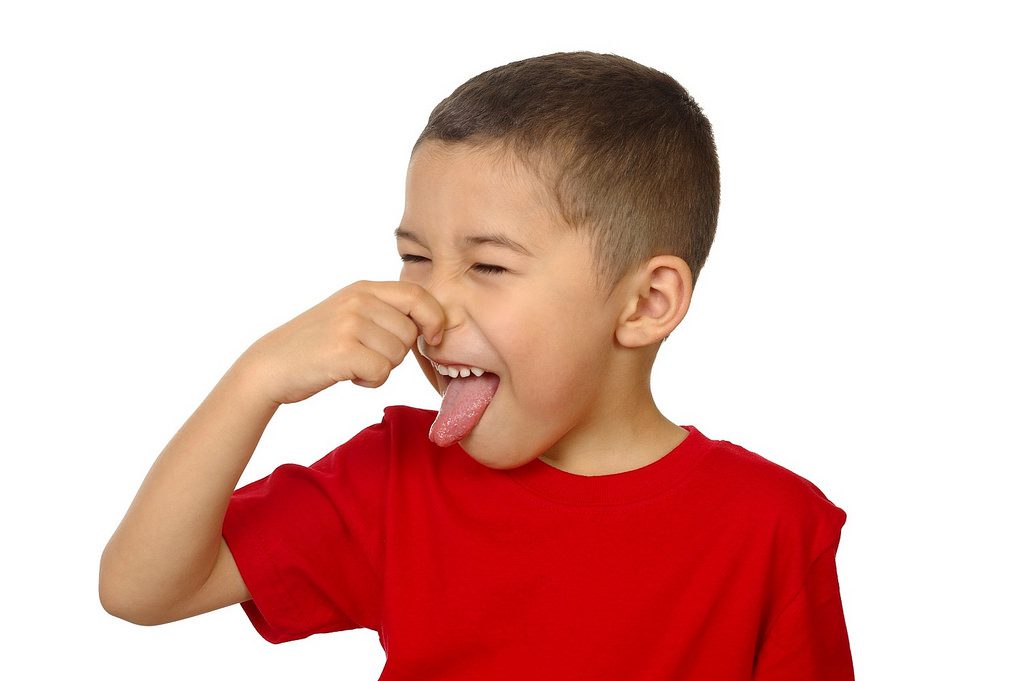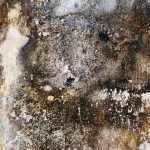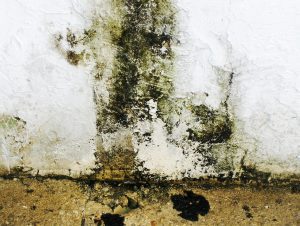Mold and the happy homeowner

Molds and mildews grow in porous, organic surfaces, like paper and cloth. They need some moisture to propagate and some fiber to eat. In the summer, they have a good time because the air is damp. In the winter, the central heat dries things out and the population goes down, but not totally away. Cleaning is futile if you do not reduce the damp conditions that help them keep living and breeding.
If the mildew is in the dirty socks on the floor, you can get rid of it. However, if the mildew is in the dirty socks that have been in the bottom of the closet, next to a wall that is getting damp from the bathroom shower, the mold spores could be in the wall. In the latter case, the mold will keep growing in there unless the wall can be dried out totally.
Drying things out and ventilating goes a long way in curing mold and mildew issues, but some can only be cured professionally. This treatment can be very expensive. Some walls are too far gone and need to be removed. If spores are left behind, they will lie dormant until damp conditions return.
 Look for telltale signs of molds and mildews. Most people see it before they smell it. Generally, you will see a grey film on the wall. It can look like dust or dirt. It tends to be granular. In basement wallboard, look near the floor where it is damp. In bathrooms it collects where the ceiling meets the wall due to the dampness from shower steam.
Look for telltale signs of molds and mildews. Most people see it before they smell it. Generally, you will see a grey film on the wall. It can look like dust or dirt. It tends to be granular. In basement wallboard, look near the floor where it is damp. In bathrooms it collects where the ceiling meets the wall due to the dampness from shower steam.
Unheated basements should not have wallboard or wood walls. Cement will hold moisture, but because it is not organic material, molds and mildews can’t grow well on cement surfaces. When there is mold on concrete walls and floors, it is caused by outside water coming in, and bringing some organic matter with it.
 When wood or wallboard gets damp, it is a great organic home for mold and mildew. Some builders leave an air gap at the bottom of basement walls to keep the moisture from the slab from being absorbed by the wallboard. That is a good idea.
When wood or wallboard gets damp, it is a great organic home for mold and mildew. Some builders leave an air gap at the bottom of basement walls to keep the moisture from the slab from being absorbed by the wallboard. That is a good idea.
When you see wood or wallboard in a basement, look for molds and mildews. If it is on the surface, there may be more beneath.
Prevention tips:
- Avoid using wood or wallboard in unheated basements.
- Leave a gap between concrete floors and any wood surfaces. Do not use wood pallets on concrete floors. Do not store cloth, paper, or organic materials in damp places.
- Use a dehumidifier on a low setting in the summer.